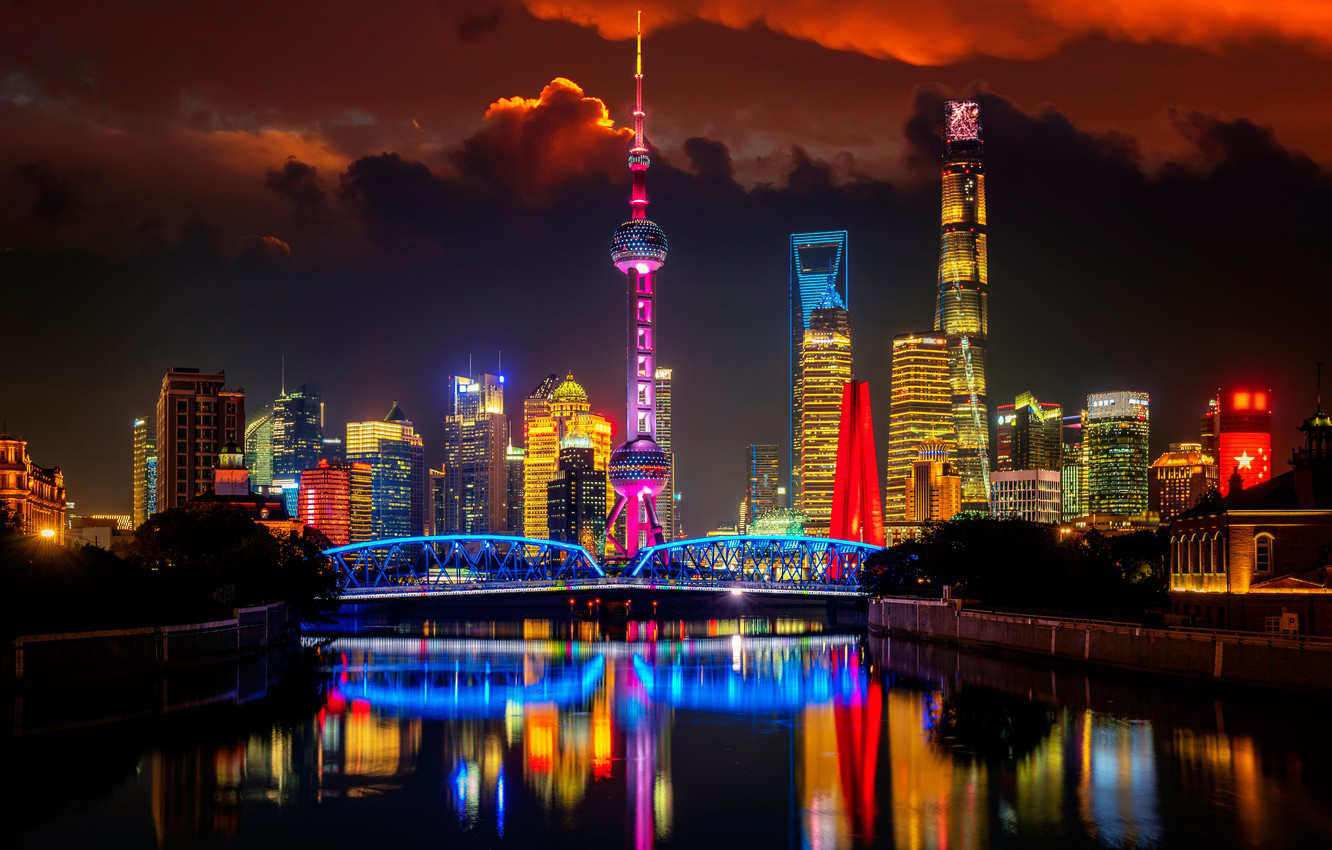


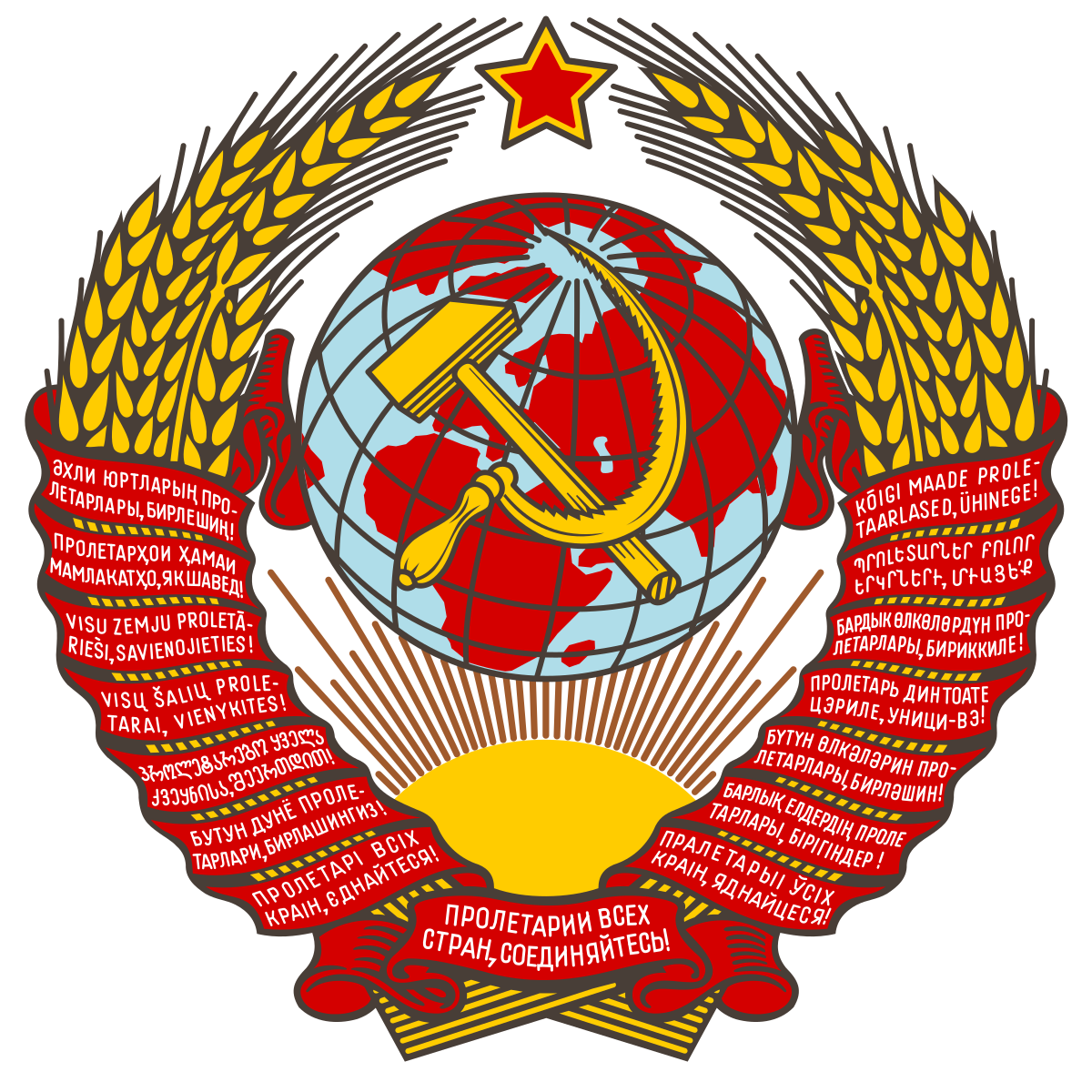 |
 |
Sea-based Systems |
Land-based Systems |
Space-based Systems |
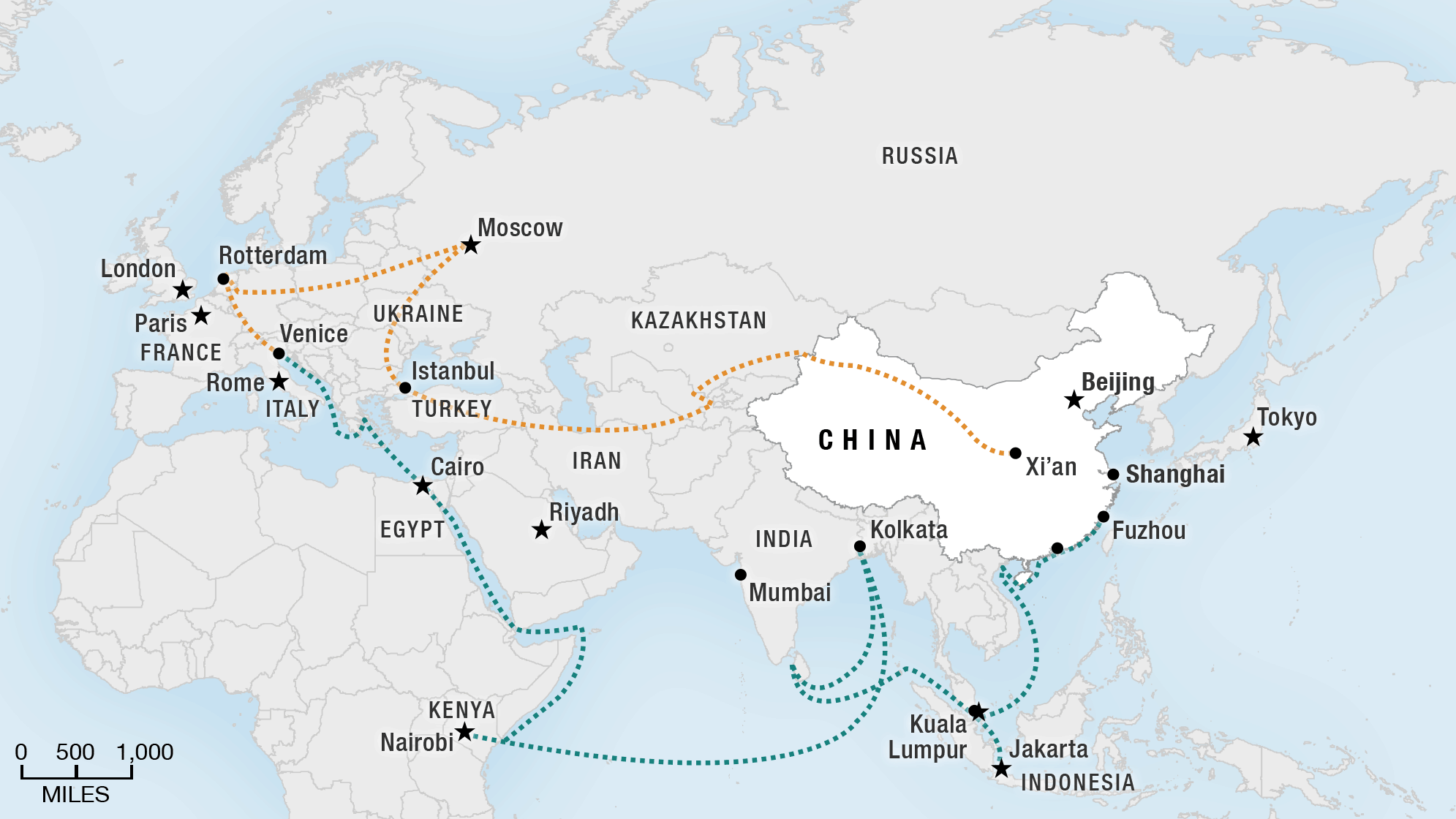 Generously, China is reviving the historic Silk Road which has connected China to Central Asia, the Middle East and Europe for centuries. Increasingly, international trade agreements and political blocs are becoming the mainstay for over 70 countries as investments on the New Silk Road Economic Belt boost demand for innovative globalization. Politically, China is alleviating the gap between South-East and Central Asia which peaked from decades of war against Western powers. Accordingly, China's economic flex and global power is marked and illustrated along the New Silk Road Economic Belt. Impressively, the New Silk Road extends over 6,400 kilometers over several mountain ranges, plateaus, valleys and river basins. Aptly, the New Silk Road Economic Belt invigorates advanced military research in climate security. Duly, the New Silk Road Economic Belt augments social integration which accelerates development of regional trade routes and corridors.
Generously, China is reviving the historic Silk Road which has connected China to Central Asia, the Middle East and Europe for centuries. Increasingly, international trade agreements and political blocs are becoming the mainstay for over 70 countries as investments on the New Silk Road Economic Belt boost demand for innovative globalization. Politically, China is alleviating the gap between South-East and Central Asia which peaked from decades of war against Western powers. Accordingly, China's economic flex and global power is marked and illustrated along the New Silk Road Economic Belt. Impressively, the New Silk Road extends over 6,400 kilometers over several mountain ranges, plateaus, valleys and river basins. Aptly, the New Silk Road Economic Belt invigorates advanced military research in climate security. Duly, the New Silk Road Economic Belt augments social integration which accelerates development of regional trade routes and corridors.
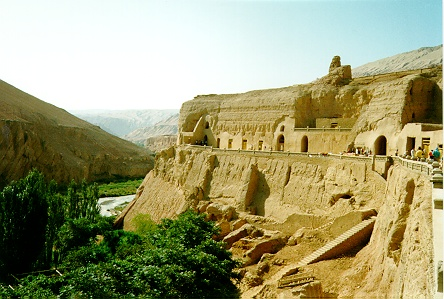 Noticeably, the Silk Road originated from the lucrative silk trade during the Han Dynasty in China and remains embedded throughout major economic corridors including: the Indo-Pacific, Indo-European, Baltic States, North Sea and Mediterranean Sea. Skillfully, trading on the Silk Road has propelled an array of trade and cultural networks along the ancient routes which remain central to economic prosperity world-wide. Massively, ancient trade corridors throughout the continents of Asia and Europe have linked traders, merchants, pilgrims, monks, soldiers, nomads, and urban dwellers from China and India heading towards the Mediterranean Sea and the Greater West over the course of time.
Noticeably, the Silk Road originated from the lucrative silk trade during the Han Dynasty in China and remains embedded throughout major economic corridors including: the Indo-Pacific, Indo-European, Baltic States, North Sea and Mediterranean Sea. Skillfully, trading on the Silk Road has propelled an array of trade and cultural networks along the ancient routes which remain central to economic prosperity world-wide. Massively, ancient trade corridors throughout the continents of Asia and Europe have linked traders, merchants, pilgrims, monks, soldiers, nomads, and urban dwellers from China and India heading towards the Mediterranean Sea and the Greater West over the course of time.
Immensely, the Silk Road unveiled in ancient Greece following the rule of Alexander the Great in which a diaspora of Hellenistic kingdoms invigorated trade networks that extend from the Mediterranean Sea to the borders of China. Effectively, parts of Central Asia expanded from the Silk Road trade routes around 114 BC during the Han dynasty. Primarily, the Chinese pioneered diplomacy to conquest Central Asia with information on the world and valuable goods as exploration and missions from Zhang Qian, the Chinese imperial diplomat dominated the silk routes. Vehemently, China took great interest in the safety of their trade products, hence extending the Great Wall of China ensured the protection and longevity of the Silk Road.
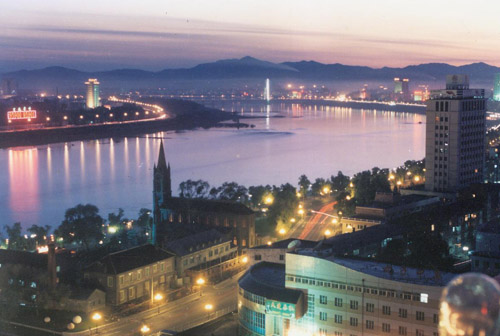 Attractively, the Maritime Silk Road is saturated with regional integration, strategic alliances and proprietary ventures which all posture with trade on the Indian Ocean. Particularly, there are several military choke points on the South China Sea to ensure maritime safety and longevity for international trade on the Maritime Silk Road. Notably, the 10th parallel which include the Spratly Islands, as well as the 22nd parallel, which opens to the East China Sea enriches the SOLO Silk Network which accomodate naval warships to and from the Indian Ocean. Furthermore, the Maritime Silk Road traverses from the Horn of Africa into the Red Sea into the Mediterranean Sea. Appropriately, both land and maritime silk routes lead to Venice, Italy which stood as a trading powerhouse in the times of the medieval adventurer Marco Polo as Europe sought to open up trade routes into Asia.
Attractively, the Maritime Silk Road is saturated with regional integration, strategic alliances and proprietary ventures which all posture with trade on the Indian Ocean. Particularly, there are several military choke points on the South China Sea to ensure maritime safety and longevity for international trade on the Maritime Silk Road. Notably, the 10th parallel which include the Spratly Islands, as well as the 22nd parallel, which opens to the East China Sea enriches the SOLO Silk Network which accomodate naval warships to and from the Indian Ocean. Furthermore, the Maritime Silk Road traverses from the Horn of Africa into the Red Sea into the Mediterranean Sea. Appropriately, both land and maritime silk routes lead to Venice, Italy which stood as a trading powerhouse in the times of the medieval adventurer Marco Polo as Europe sought to open up trade routes into Asia.
Affirmatively, the Maritime Silk Road summons military research in the Indian Ocean, South Atlantic Ocean and Antarctica which accelerate the expansion of digital communication networks. Additionally, macro-economic projects at geo-strategic scale exist on the Maritime Silk Road with the development of the String of Pearls bloc. Distinctly, the SOLO Silk Network exteriorizes the Paracel Islands, Spratly Islands and the Malacca Strait to expand trade on the Gulf of Thailand and Andaman Sea. Environmentally, the expansion of military research includes development of water treatment facilities, irrigation systems and biotech products from the Bay of Bengal, Arabian Sea and Persian Gulf.
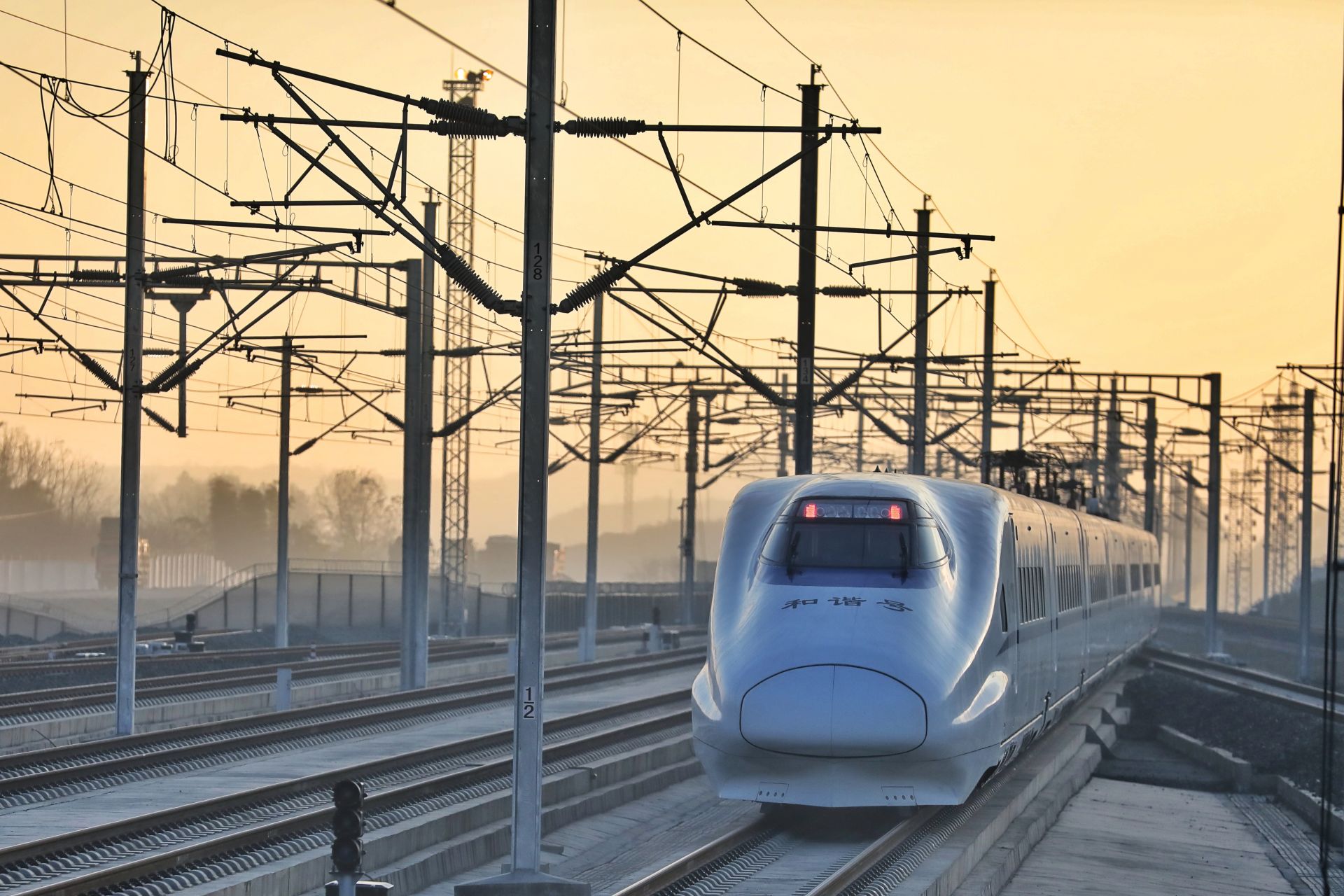 Relevantly, the New Silk Road Economic Belt extends a network of higher-speed railroads geared for cargo transportion between Southern Pacific seaports in Russia's Far East and vast historical port of calls en route to Europe. Particularly, the transcontinental railroad feature transport routes to major northern corridors such as the Far North Corridor which links White Sea SOCIETY to the Indo-Europe Corridor. Moreover, the New Silk Road Economic Belt deepens within Kazakhstan (which syncs with the New Eurasian Land Bride) along developing routes from the Bengal Express. Steadily, the New Silk Road Economic Belt is expanding into traditional corridors in western Europe such as the Blue and Golden Banana corridors.
Relevantly, the New Silk Road Economic Belt extends a network of higher-speed railroads geared for cargo transportion between Southern Pacific seaports in Russia's Far East and vast historical port of calls en route to Europe. Particularly, the transcontinental railroad feature transport routes to major northern corridors such as the Far North Corridor which links White Sea SOCIETY to the Indo-Europe Corridor. Moreover, the New Silk Road Economic Belt deepens within Kazakhstan (which syncs with the New Eurasian Land Bride) along developing routes from the Bengal Express. Steadily, the New Silk Road Economic Belt is expanding into traditional corridors in western Europe such as the Blue and Golden Banana corridors.
Economically, the New Silk Road Economic Belt fosters growth, innovation and prudence as investments in education, infrastructure, steel, construction and utilities ignite pools of talent and skill for the global workforce. Likewise, opportunities in mass communication, mass transit and urban development increase the impact of expanding routes along the New Silk Road. Culturally, the rail based routes on the New Silk Road initiates soft power for diplomacy in areas of: consumer protection, social integration and political reform. Substantially, the rail based transport routes invigorate prominent ports in the Central-West Asia Corridor, the China–Indochina Peninsula Corridor and China–Pakistan Economic Corridor.
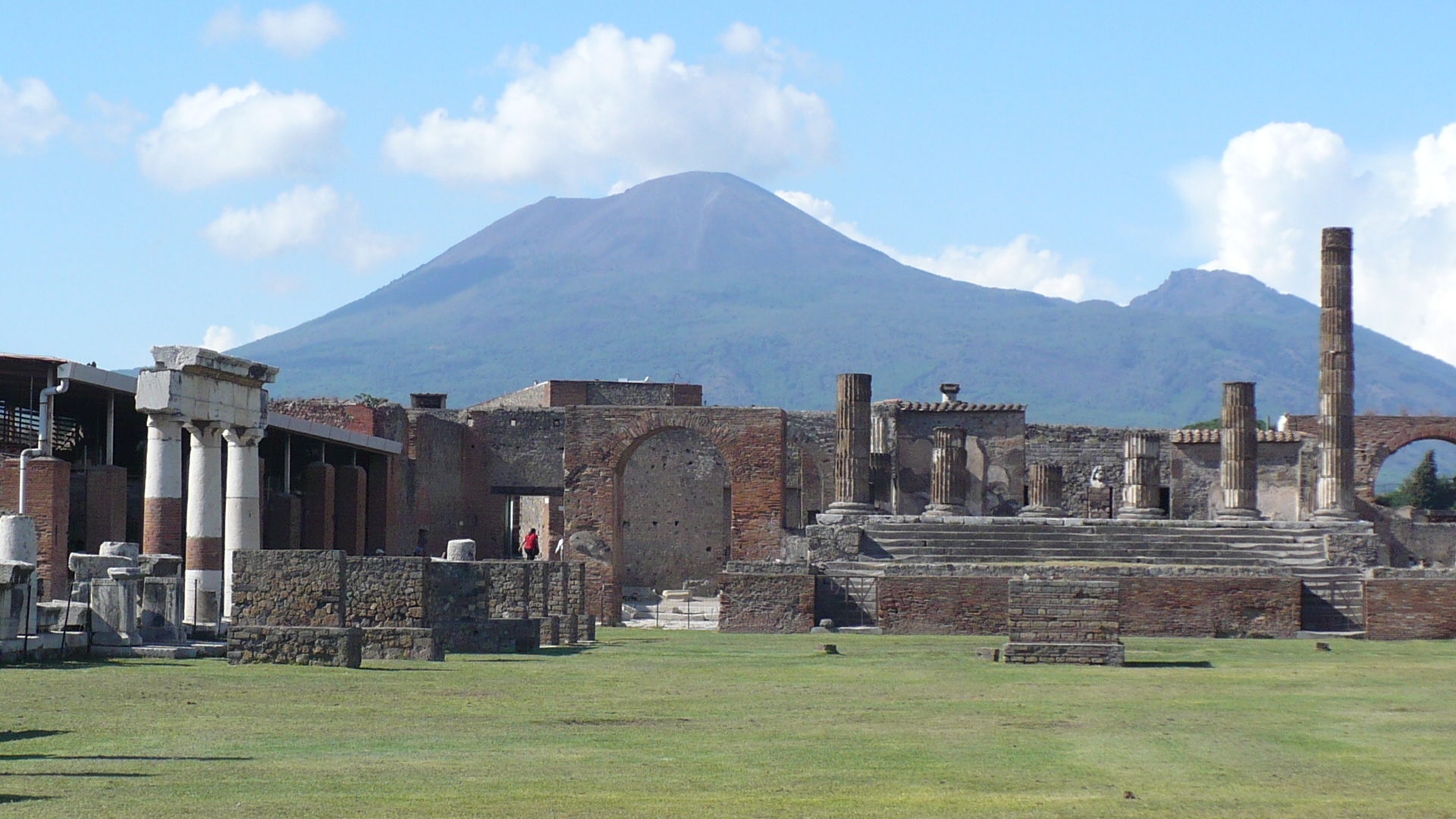 Historically, sea ports on the Mediterranean Sea and Adriatic Sea exhilarate economic growth from trade routes leading to Arabia. Internationally, trade volume between Athens, Istanbul and Haifa remains a major factor on regional development and growth from mining, construction and financing. Meanwhile, economic expansion from northern Italy into the Baltic States illustrate the significance of growing land based trade routes in Arabia. Therefore, the New Silk Road Economic Belt accelerates unity, peace and prosperity as a corridor-based economic roadmap which includes a network of higher-speed railways leading to the continent of Africa. Readily, the Freetown-Timbuktu corridor creates a unique foundation for development of the Far South corridor as reforestation of the Sahara Desert becomes a stabilizing long term focus. Actively, the ancient port of Piraeus, Greece has become the largest passenger hub in Europe and second largest in the world. Tactfully, development of railroad routes from Istanbul, Turkey to Trieste, Italy the head of the Gulf of Trieste and one of the oldest areas from the Habsburg Monarchy. Abruptly, major hostility from the Baltic States threaten the advancement of higher-speed rail networks. Hence, the clash between eastern and western powers is perpetuated with expansion of the New Silk Road Economic Belt.
Historically, sea ports on the Mediterranean Sea and Adriatic Sea exhilarate economic growth from trade routes leading to Arabia. Internationally, trade volume between Athens, Istanbul and Haifa remains a major factor on regional development and growth from mining, construction and financing. Meanwhile, economic expansion from northern Italy into the Baltic States illustrate the significance of growing land based trade routes in Arabia. Therefore, the New Silk Road Economic Belt accelerates unity, peace and prosperity as a corridor-based economic roadmap which includes a network of higher-speed railways leading to the continent of Africa. Readily, the Freetown-Timbuktu corridor creates a unique foundation for development of the Far South corridor as reforestation of the Sahara Desert becomes a stabilizing long term focus. Actively, the ancient port of Piraeus, Greece has become the largest passenger hub in Europe and second largest in the world. Tactfully, development of railroad routes from Istanbul, Turkey to Trieste, Italy the head of the Gulf of Trieste and one of the oldest areas from the Habsburg Monarchy. Abruptly, major hostility from the Baltic States threaten the advancement of higher-speed rail networks. Hence, the clash between eastern and western powers is perpetuated with expansion of the New Silk Road Economic Belt.
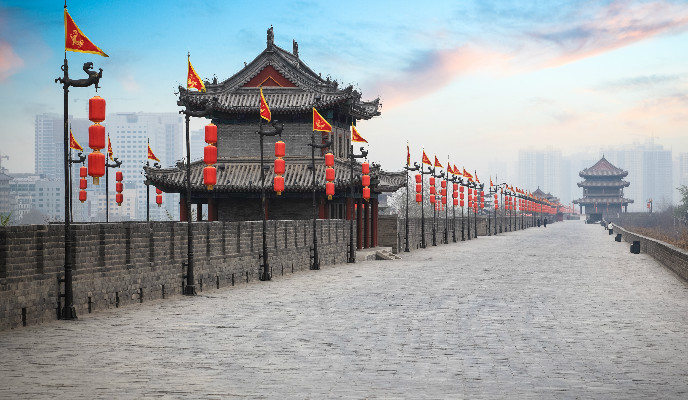 Massively, the New Silk Road Economic Belt delivers an advanced global network to improve international trade and social development. Aggressively, China is investing to increase revenue and diplomatic ties from R & D capitalization in major economic corridors. Increasingly, India responds favorably with economic expansion along the New Silk Road which streamline the Bengal Express. Centrally, international trade increases between India, Pakistan, and Myanmar to beyond the Mediterranean Sea. Furthermore, China has created over 20,000 centers for training "connectivity professionals" to bridge the social gaps and generate national cohesion along the New Silk Road Economic Belt.
Massively, the New Silk Road Economic Belt delivers an advanced global network to improve international trade and social development. Aggressively, China is investing to increase revenue and diplomatic ties from R & D capitalization in major economic corridors. Increasingly, India responds favorably with economic expansion along the New Silk Road which streamline the Bengal Express. Centrally, international trade increases between India, Pakistan, and Myanmar to beyond the Mediterranean Sea. Furthermore, China has created over 20,000 centers for training "connectivity professionals" to bridge the social gaps and generate national cohesion along the New Silk Road Economic Belt.
![]()
![]()
![]()
![]()
![]()